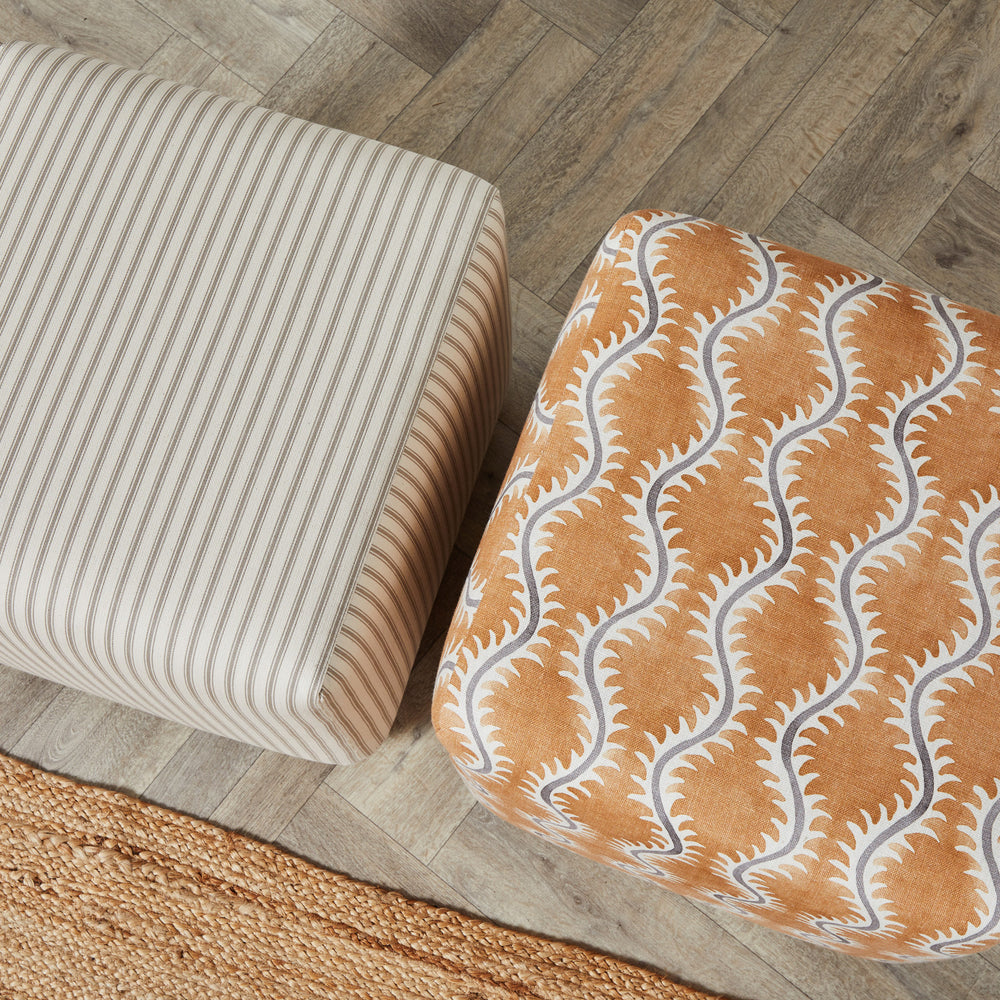Glad you asked. It is a piece of furniture that is present in many homes but in others has never been heard of. That’s a pity because an ottoman can provide you with a lot of comfort at the end of a long hard day at the office, or perhaps more recently a long hard day in the back bedroom working remotely. It’s still working, and we all need somewhere to put our feet up at the end of the day.
An ottoman, also known as an ottoman footstool, is just that – a footstool. If you don’t have one of these gadgets you don’t know what you are missing. We all know the expression “put your feet up” but many homes don’t have anything on which you can do that. An ottoman is an answer.
Why is it called an ottoman? It derives from the 13th century. You have heard of the Ottoman Empire? The ottoman, according to Wikipedia – was then “the central piece of residential seating, generally designed as a low wooden platform intended to be piled with cushions.”
It subsequently had many variations and was eventually brought to Europe in the early 1700s. Today it is used as a footstool and – yes – you can put your feet up on it after a long hard day. Or for that matter, any other time you want to put your feet up.
Many of our ottomans at Footstools & More are padded and buttoned for extreme comfort. However, they differ from a standard footstool in that they have a hinged lid which means that not only can you put your feet up, but you can keep stuff in them as well.
Stuff?
Well, anything really. Books. CDs. DVDs. Games, such as Monopoly. A chess set. The odd bottle of brandy. Kids’ toys. Dog biscuits. All sorts of things that you don’t want scattering around the living room and looking a mess, or really don’t want to have to get up off the sofa and head to the kitchen when all you really want to do is to relax and watch the TV. They can all be dumped in your ottoman which not only looks like an outstanding piece of comfortable furniture in a glorious choice of almost never-ending styles, colours, and materials but also keeps everything tidy.
How could any home ever manage without one?




